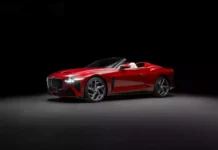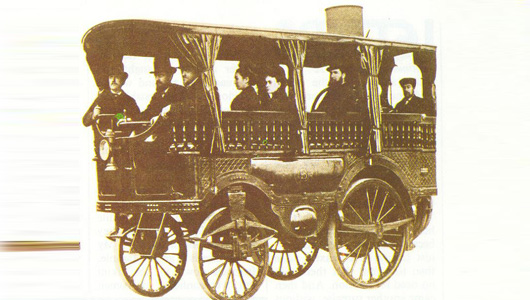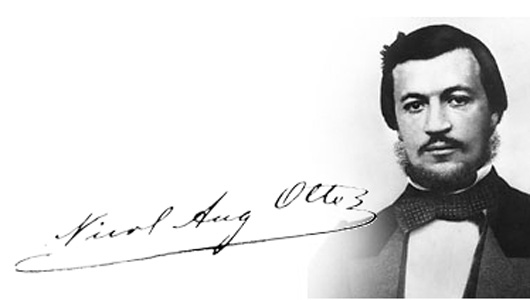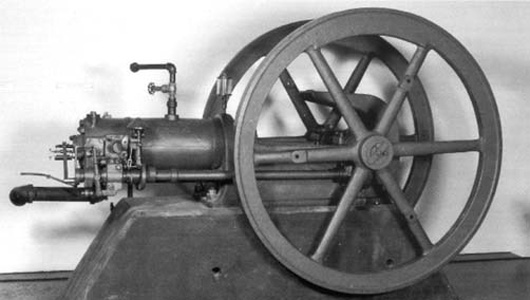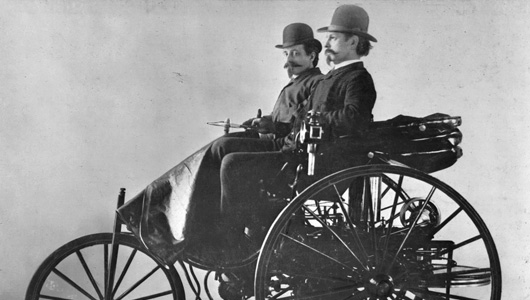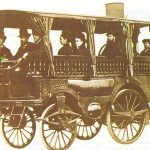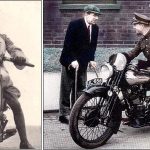When it comes to the history of cars, people often mention the milestone in 1885 and the German engineer Carl Benz. But in reality, the process of creating a gasoline-powered four-wheeled vehicle was a long one.
>>The Prehistoric Car: Part 1 – In the Beginning
Part 2: The Prelude to the Strong Development of Cars
Important Improvements by Bolée
In the mid-19th century, a major obstacle to car manufacturing was the volume and weight of the fuel used to power the vehicles. Cars had to carry firewood, coal, or firewood and even water. However, from 1860, petroleum was discovered, making the machines lighter in terms of power and shorter in terms of the time it took to generate steam in the engine chamber. As a result, the steam-powered car was born in France.
In 1869, Ravel created a light steam-powered vehicle. Four years later, Bolée improved this vehicle to become the first successful steam-powered car. Bolée’s car weighed 5 tons, but its effective power of 15 horsepower allowed it to carry 10 passengers and reach speeds of 40km/h.
Bolée implemented many contemporary innovations in his car, such as placing all controls at the driver’s seat. However, the car still had a soup boiler and machinery located at the end, where there was a person responsible for stoking the fire, and he became known as the “chauffeur”.
Another competitor of Bolée also created a steam-powered car, his name was Serpollet, and he was the first person to have a driver’s license in 1889.
The Internal Combustion Engine
From steam engines, engineers discovered two-stroke internal combustion engines that used ignition to ignite the air-fuel mixture. However, at first, the internal combustion engine did not produce satisfactory results. Knowledge about air-fuel mixture, combustion, and engine construction gradually developed, and in 1860, Jean Joseph Etienne Lenoir was the first to succeed in creating a true internal combustion engine.
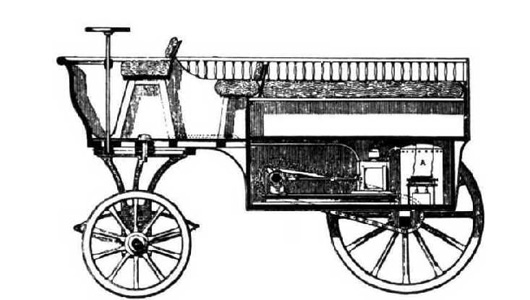
Although Lenoir’s engine was slow and had only 2 strokes, the application of a battery and an electric coil to produce a spark for igniting the air-fuel mixture was a significant advancement.
The 4-stroke internal combustion engine was invented by Alphonse Beau de Rochas, a French scholar in Paris. Although Rochas did not create a complete internal combustion engine, his theory of the 4-stroke principle earned him the title of the father of the car.
The Otto Gas Engine
Nikolaus August Otto came across an article about Lenoir’s engine. Otto was 28 years old and a salesperson in Cologne. He was not an engineer and did not have much scientific knowledge, but Otto had a vivid imagination and always believed that besides steam, there was another source of energy.
Nikolaus August Otto
Along with his brother Wilhelm, Otto discovered a mixture of air and a hydrocarbon that could be burned in a cylinder using an electric spark. Otto immediately applied for a patent but was rejected because his engine was deemed similar to Lenoir’s. Frustrated, Otto quit his job and devoted all his time to researching internal combustion engines.
In 1862, Otto’s first engine moved, but then it exploded. Otto, feeling down, went on a two-week trip to England to visit an exhibition. Here, Otto saw a compressed air engine (moteur atmospherique) invented by two Italians named Barsanti and Matteucci, based on an English invention. This engine used air and hydrocarbon gas.
In February 1864, Otto met Eugen Langen, an entrepreneur and engineer. Langen also had an interest in cars, so he invested in collaborating with Otto. After 2 years of research, Otto and Langen received a patent for the internal combustion engine in April 1866.
This type of engine was an improvement over the Barsanti/Matteucci engine and used only half the fuel compared to Lenoir’s engine. By 1871, the Otto group established Deutzer Gasmotorenfabrik and produced machines that met the demand of Germany, which was in a booming period at the time.
The Role of Daimler and Carl Benz
In 1882, after resigning from Otto’s company due to disagreements, Daimler established a machine shop in Caustatt-Stuttgard to pursue his own ideas. Daimler thought of creating a lighter and faster engine, which required improvements in metals, combustion methods, and fuel.
With the help of Wilhelm Maybach, Daimler succeeded in accurately determining the air-fuel ratio, and the Daimler-Maybach engine was able to rotate 900 times in one minute, compared to Otto’s engine, which rotated only 150 to 200 times.
At the same time in Mannheim, Germany, another engineer named Carl Benz achieved similar success in the internal combustion engine. In 1885, Benz built a 3-wheeled car that ran on gasoline and was successfully driven on the streets of Mannheim. Meanwhile, Daimler installed his engine in a bicycle. The following year, both Benz and Daimler created 4-wheeled cars with gasoline engines.
Benz’s successful car in 1895 made Carl Benz famous. He continued to build automobiles while Daimler focused on improving the engine. After two years of research, Daimler succeeded in creating an electric spark and using the carburetor invented by Wilhelm Maybach.
“Automobile” in the Dictionary
Thanks to its improved mechanics, the Daimler company led the way in car manufacturing, producing 350 cars annually from 1890. Many foreign companies bought Daimler’s patents, including two prestigious French companies, Panhard, and Levassor in Paris. Panhard and Levassor contributed to the development of the chassis frame, placing the engine at the front of the car and adding a water cooling system.

Panhard cars at that time were not like modern cars. They had solid rear wheels that were higher than the front wheels. On the streets of Paris, Panhard and Levassor cars drove by, prompting the French Academy to think about naming the car. Since 1876, the noun “automobile” had been used by many people and mentioned in various books. The following year, the noun appeared in a dictionary. The widespread use of the noun “automobile” led to its official acceptance by the French Academy in 1885.
Tires and Racing
Bringing cars into races and the invention of tires were the two factors that contributed to the formation and development of the automotive industry to this day.
In 1892, the first car race was organized from Paris to Rouen, followed by the Paris-Bordeaux route the following year. These events attracted many spectators and garnered international attention because cars proved to be a useful machine. Although the speed of cars was only 18 to 20 km/h, it amazed many people for that period.
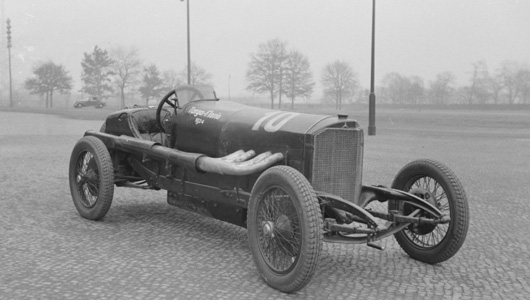
While the automotive industry was still in its infancy, another invention helped ease the development of cars, which was the invention of the tire by Dunlop in Belfast. Dunlop was granted a patent in 1889, which was then brought to the United States in 1890.
These were the significant milestones in the history of cars, from the prehistoric era to the present day, and they exemplified the faces and accomplishments that cannot be overlooked in the global automotive industry.







